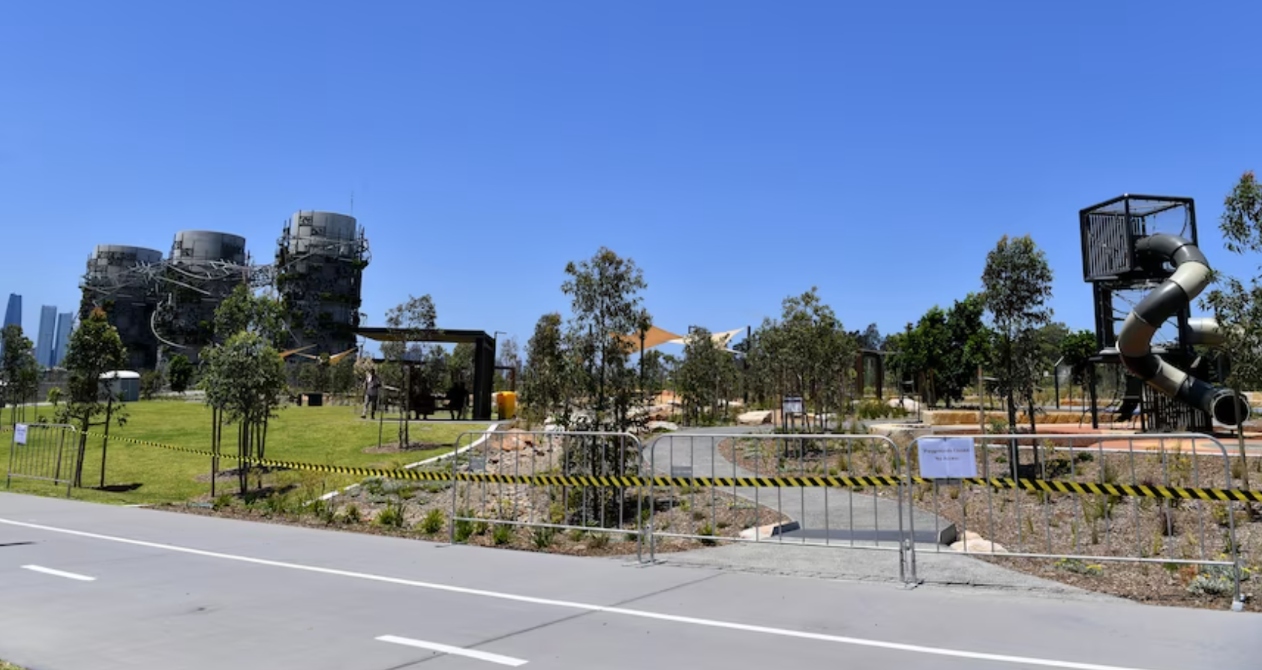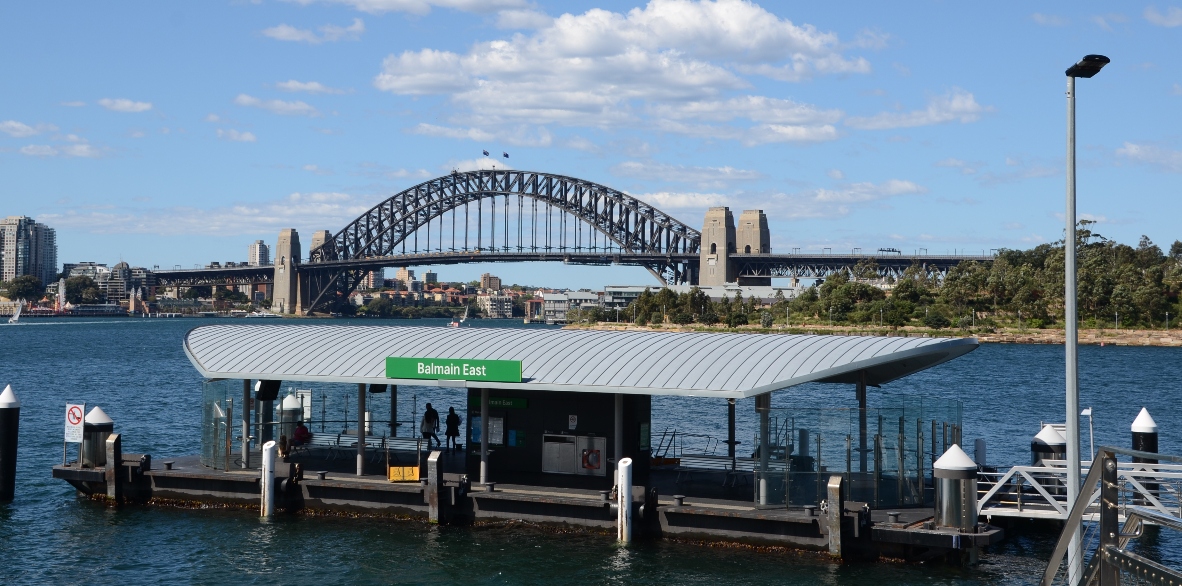
Asbestos policy needs support

BY JOAN HENSON
Linden Thorley’s home was covered in deadly asbestos after an Australia Street warehouse fire on June 17 last year.
It took over 10 months to completely clean his address of asbestos. His home had to be demolished as it could not remain standing with the necessary removal of 100 millimetres of soil.
Affected residents were not able to clean their homes until the fire site was cleaned to avoid re-contamination. The site was cleaned by the end of August.
Thorley urged councillors to ratify their draft asbestos policy in a speech to council last Tuesday, but said its emergency response plan “essentially facilitates the process that occurred in the aftermath of the Australia Street fire”.
In a February letter to council’s general manager, Michael Deegan, Thorley and his wife, Nipu Jayatilleke, claimed adjoining properties were left to “negotiate differences between consultant hygienists’ advice”.
They suggested that the policy include the adoption of “an external disaster recovery expert” to coordinate communication, and an independent hygienist.
State, federal support needed
In last week’s meeting, Greens councillor Louise Steer said, “There are still some issues [with the policy], as some residents have pointed out, including Mr Thorley. But these cannot necessarily be resolved at council level. We need to get state and federal governments involved in helping us”.
In late August, she and Independent councillor Pauline Lockie moved that Council report on how it could adopt the Office of Local Government Model Asbestos Policy by October 30 that year.
Last week, Leichhardt Council’s former policy was rescinded. Ashfield and Marrickville Councils had not had plans.
Steer praised eight months of development by council officers which resulted in guidelines modelled on “best practice”.
She told City Hub that local councils shoulder disproportionate responsibility in asbestos emergencies, because state guidelines are not clear on the chain of command for dealing with them.
The Inner West Council spent $1 million cleaning open areas several times to avoid contamination during the Australia Street crisis.
Steer believes a compensation fund should be created for councils to be reimbursed for clean-up costs.
Associate Lecturer at Macquarie Law School and the former director of the NSW Environmental Defenders Office Dr Andrew Burke says, “Councils don’t have the resourcing or authority to do what’s really needed in these situations for the residents”.
Law reform could designate “clearer lines of responsibility” but this would “need to come from the state”. A single agency could then take charge. He suggests the Environmental Protection Agency (EPA).
This would address Thorley’s recommendations, which Burke said “make a lot of sense… it would be cheaper and more efficient to have one person who was paid for by some level of government that could engage everybody properly, and could also engage these communication issues”.
On Steer’s recommendation, Burke said that the Protection of Environment Operations Act 1997 (POEO) had the provisions to create such an emergency fund.
During the Australia Street crisis, there was a protracted disagreement between the owners of the fire site and their insurer, which delayed the site’s clean-up and resulted in the site being contained by adhesive.
Asbestos debris was found by Thorley on Australia Street on July 19, more than a month after the fire.
Local concern about the potential for the site to further contaminate the area led to an emergency residential meeting at which Newtown State Member, Jenny Leong, intervened. She said that Council orders issued on June 22 for the owner to remove the asbestos could have been enforced through the Land and Environment Court to expedite the process, or the Council could have done the clean-up itself.
On August 14, Council carried a motion to enforce its order “without further notice”.
Weekly NSW asbestos emergencies
Burke said that because residential emergencies happen almost weekly throughout NSW, “councils might be a bit cautious about the precedent of getting caught up paying for the clean-up and having to recuperate the costs later”.
Mr Thorley said a council officer has advised him that his feedback “raised significant issues” and would recommend Council “look at how this can be implemented in a separate emergency response policy”.
Councillor Lockie has confirmed that, “the emergency plans will go beyond asbestos to cover all emergencies, which is why work on it is still ongoing”.
A council officer’s response to a comment arising from the policy’s 28-day viewing says that specialist advice is being gathered for “the development of a comprehensive Incident Management Plan and Business Continuity Plans”, and that asbestos management will be included.
Comment from the NSW Minister for Energy and the Environment, Matthew Kean, was not sought due to time constraints.









